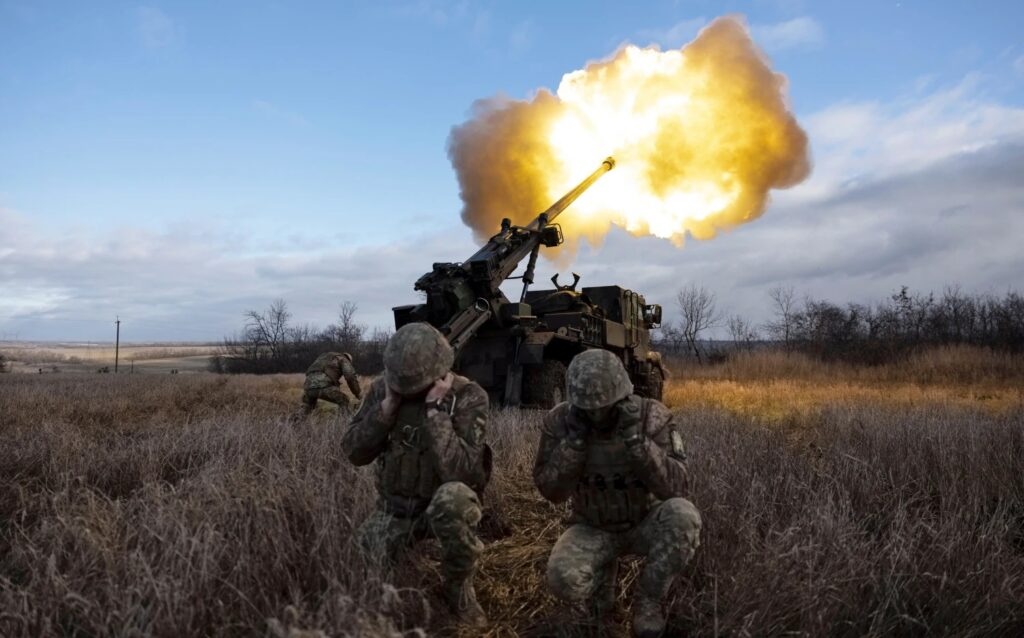Rheinmetall will deliver artillery shell prototypes with a range of 100 kilometers (62 miles) to Ukraine this year, CEO Armin Papperger said.
Papperger did not identify the shell prototype, which has a greater range than any Rheinmetall artillery shell or those previously sent to Ukraine from its partners during the ongoing war.
“Artillery changes the rules of war,” and this year Rheinmetall plans to supply “hundreds of thousands” of artillery shells for the Defense Forces of Ukraine, Handelsblatt wrote, citing the CEO.
“Among other things, prototypes of artillery shells with a range of 100 kilometers,” the outlet added.
Unknown Model
No operational artillery round comes close to the unnamed Rheinmetall prototype’s range, raising curiosity about its identity.
One of the longest range German artillery shells sent to Ukraine is the 155mm Vulcano, whose long-range version can hit a target 70 kilometers (43 miles) away.
Additionally, the unnamed Rheinmetall prototype outperforms the more expensive HIMAR-fired Guided Multiple Launch Rocket System (GMLRS), which also has a range of 70 kilometers (43 miles).


Prototype for Operational Testing
An average 155mm US round ranges around 30 to 40 kilometers (19 to 25 miles), while a long-range Excalibur projectile can hit targets 25 to 30 miles (40 to 48 kilometers) away.
Papperger didn’t reveal the quantity of the artillery round prototypes to be sent to Ukraine.
However, it is likely a small batch of prototypes that could be sent to the war-ravaged country for testing in an operational environment, leading to further development or production.
Likely Candidate
One of the likely candidates could be a ramjet-powered 155 mm artillery round being developed by Rheinmetall Denel Munition, a joint venture of Rheinmetall and South Africa’s Denel.
The round is based on the company’s Velocity Enhanced Artillery Projectile (VEAP) round featuring a rocket booster to achieve a range of around 76 kilometers (46 miles).
The new version essentially replaces the VEAP’s rocket booster with a ramjet engine, nearly doubling the range, according to Defence Web.
Meanwhile, Papperger said that the company should produce 700,000 artillery rounds this year (a 10-fold increase over 2022) and over one million in the near future.
To achieve the target, artillery plants are being built in Germany and Lithuania while plans are afoot to open a factory in Ukraine as well, the CEO told Handelsblatt.


